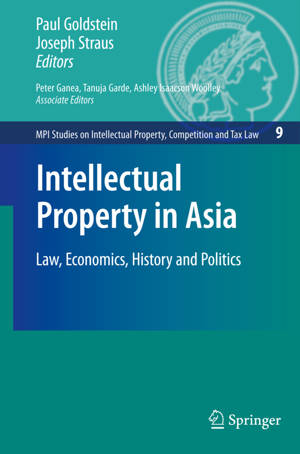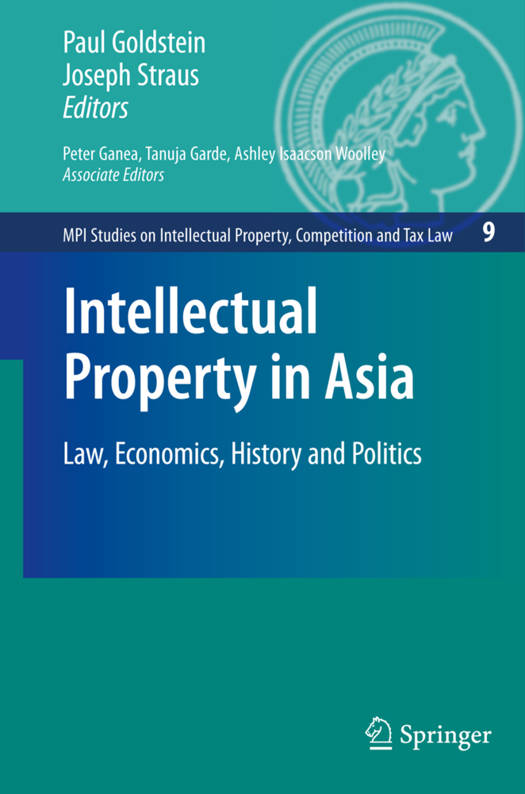
- Afhalen na 1 uur in een winkel met voorraad
- Gratis thuislevering in België vanaf € 30
- Ruim aanbod met 7 miljoen producten
- Afhalen na 1 uur in een winkel met voorraad
- Gratis thuislevering in België vanaf € 30
- Ruim aanbod met 7 miljoen producten
Zoeken
Intellectual Property in Asia
Law, Economics, History and Politics
€ 158,45
+ 316 punten
Omschrijving
Introduction Intellectual property rights foster innovation. But if, as it surely does, "intellectual property" means not just intellectual property rules--the law of patents, copyrights, trademarks, designs, trade secrets, and unfair competition--but also intellectual property institutions--the courts, police, regulatory agencies, and collecting soc- ties that administer these rules--what are the respective roles of intellectual property rules and institutions in fostering creativity? And, to what extent do forces outside intellectual property rules and institutions--economics, culture, politics, history--also contribute to innovation? Is it possible that these other factors so overwhelm the impact of intellectual property regimes that it is futile to expect adjustments in intellectual property rules and institutions to alter patterns of inno- tion and, ultimately, economic development? It was to address these questions in the most dynamic region of the world today, Asia, that we invited leading country experts to contribute studies that not only summarize the current condition of intellectual property regimes in countries ranging in economic size from Cambodia to Japan, and in population from Laos to China, but that also describe the historical sources of these laws and institutions; the realities of intellectual property enforcement in the marketplace; and the political, economic, educational, and scientific infrastructures that sustain and direct inve- ment in innovative activity. A.
Specificaties
Betrokkenen
- Uitgeverij:
Inhoud
- Aantal bladzijden:
- 357
- Taal:
- Engels
- Reeks:
- Reeksnummer:
- nr. 9
Eigenschappen
- Productcode (EAN):
- 9783642100529
- Verschijningsdatum:
- 22/11/2010
- Uitvoering:
- Paperback
- Formaat:
- Trade paperback (VS)
- Afmetingen:
- 156 mm x 234 mm
- Gewicht:
- 526 g

Alleen bij Standaard Boekhandel
+ 316 punten op je klantenkaart van Standaard Boekhandel
Beoordelingen
We publiceren alleen reviews die voldoen aan de voorwaarden voor reviews. Bekijk onze voorwaarden voor reviews.










